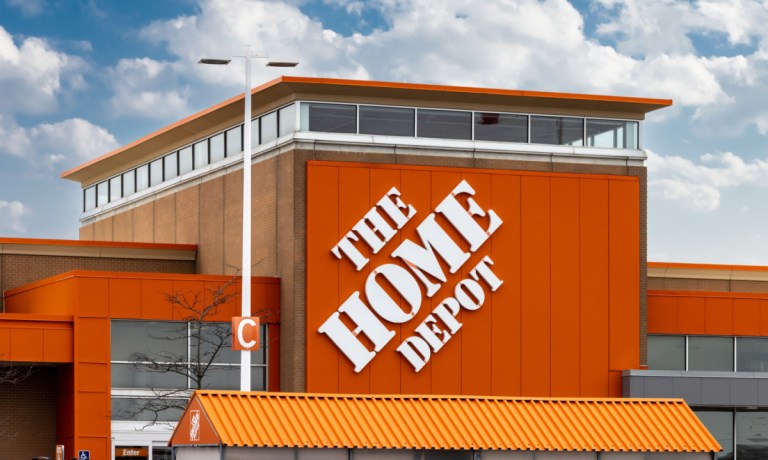
Home Depot currently gets around half of its sales from professional builders and contractors.
According to the company’s executives on Tuesday’s (Aug. 13) second-quarter 2024 earnings call, the world’s largest home improvement retailer will need to continue to win over a greater share of this valuable B2B segment, because regulator customers are continuing to spend less on home improvement projects, pressured by higher interest rates and concerns that the economy is getting worse.
“During the quarter, higher interest rates and greater macro-economic uncertainty pressured consumer demand more broadly, resulting in weaker spend across home improvement projects. However, the team continued to navigate this unique environment while executing at a high level. I would like to thank our associates for their hard work and dedication to serving our customers and communities,” said Ted Decker, chair, president and CEO.
“The underlying long-term fundamentals supporting home improvement demand are strong,” Decker added.
Still, the retailer expects demand to remain tight, as evidenced by the lowered guidance it issued for the rest of the fiscal year. Home Depot said Tuesday that it expects sales at stores open at least a year to fall between 3% and 4% this year compared to last year, down from its earlier estimate that sales would fall around 1%.
Home Depot’s challenges are emblematic of a broader trend affecting the retail sector, particularly those dependent on discretionary consumer spending, where high interest rates have not only slowed down home improvement projects but have also led to a recalibration of expectations within the industry.
Read more: Home Depot Teams With Instacart to Bolster eCommerce Offerings
Per its financials, Home Depot plans to open approximately 12 new stores over the course of the year, and reported sales of $43.2 billion for the second quarter of fiscal 2024, an increase of 0.6% YoY. Total sales include $1.3 billion from its recent acquisition of SRS Distribution Inc. (SRS), which represents approximately six weeks of sales in the quarter.
As reported by PYMNTS, Home Depot spent $18.2 billion to buy SRS earlier this year, which operates as a distributor for roofing firms and construction projects. The company has 760 locations, thousands of trucks on the road and, as its own site has noted, has closed more than 100 acquisitions of roofing and building suppliers, which bolster’s Home Depot’s fulfillment operations.
SRS helps contractors access rebates and promotions through its RoofHub account, which in turn submits purchase data. SRS also enables contractors to open lines of credit and cash on delivery applications.
Read more: Home Depot Expands Pro Market Footprint With $18 Billion SRS Deal
The larger professional shoppers that Home Depot is targeting with the SRS acquisition make up a crucial way for the retailer to boost sales, and the company has continually stressed its efforts to build a pro ecosystem that includes things like credit and financing products, digital capabilities, field support and rentals.
Home Depot’s CFO Richard McPhail told investors on Tuesday’s call that spending for products linked to big projects, particularly those that may require debt financing, remained strained.
“Categories like kitchen, bath, lighting, flooring — all these categories that are components of larger projects have seen the greatest degree of softness,” McPhail said.
PYMNTS Intelligence, in collaboration with Ingo Money, noted that 73% of contractors were forced to pay out of pocket for materials last year due to late payments from clients, up from the 66% of firms who had done the same in 2022. More than half of the subcontractors surveyed said that they’d had to use credit cards to bridge cash flow gaps.
Home Depot noted that for the most recent quarter, its sales leveraging digital platforms increased by 4%.
The February/March PYMNTS Intelligence report, “New Reality Check: The Paycheck-to-Paycheck Report: Why One-Third of High Earners Live Paycheck to Paycheck,” which drew from a census-balanced survey of more than 4,200 U.S. consumers, found that 60% of shoppers have cut down on nonessential purchasing due to retail product price increases. Plus, half have turned to cheaper merchants, and 45% of low-income consumers have shifted to purchasing lower-quality products, as have 41% of middle-income and 28% of high-income shoppers.